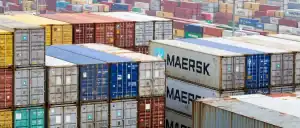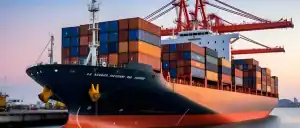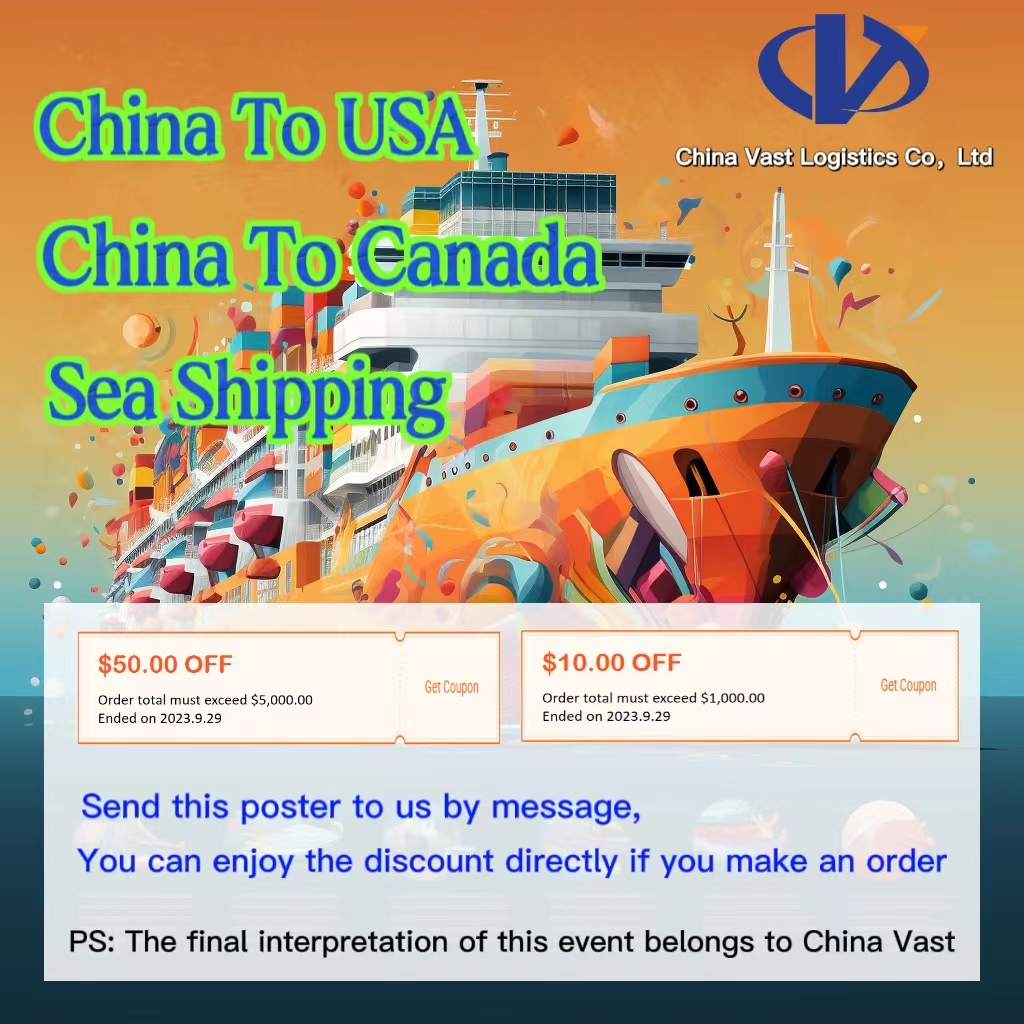In maritime transportation within international trade, the principle of “consistency across three documents” is an unshakable rule. It governs the entire process from the departure of goods at the port of origin to their delivery at the destination port. Its significance is comparable to a compass for navigation—any deviation may lead to a “storm vortex” in trade, jeopardizing every aspect of the transaction.
The “three documents” refer to the Bill of Lading, Manifest, and Customs Declaration.
- The Bill of Lading (B/L), issued by the shipping company or its agent, serves as proof of ownership of the goods. The consignee must present the original B/L at the destination port to claim the goods.
- The Manifest is a detailed record maintained by the shipping company, covering key information such as the name, quantity, weight, and volume of the cargo, as well as details of the consignor and consignee. It is a crucial document for shipping operations and management.
- The Customs Declaration is a document submitted by importers or exporters to customs authorities, detailing the goods being imported or exported. Customs use this to perform regulatory, tax collection, and monitoring functions, ensuring the lawful movement of goods across borders.
Why Must the “Three Documents” Be Perfectly Aligned?
From a customs supervision perspective, accurate and consistent information across these three documents is essential for effective enforcement. It is a critical defense against illegal activities such as smuggling and tax evasion. Any discrepancies among the documents make it difficult for customs to verify the actual status of the goods, potentially resulting in cargo being detained for detailed inspections. This not only delays clearance but also risks substantial fines for businesses, disrupting normal trade operations.
For example, if an exporter declares a lower value for goods on the Customs Declaration to evade duties, while the B/L and Manifest contain vague or inconsistent information, customs authorities may detect the discrepancies during inspections. In one such case, customs imposed heavy penalties on the business, detained the cargo, and delayed its delivery. The exporter faced additional storage costs and damage to their commercial reputation, leading to a sharp decline in subsequent orders—a devastating loss.
The Role of Shipping Companies in Ensuring Consistency
Shipping companies also heavily depend on “three-document consistency” for smooth operations. If there are contradictions between the Manifest and the B/L, confusion during cargo loading, unloading, and transportation is inevitable. At the destination port, mismatched documents may lead to cargo refusal by consignees, scrutiny by port authorities, and subsequent disputes or additional fees such as demurrage and storage costs. Such issues harm the reputation and financial stability of the shipping company.
Implications for Trade Transactions
In trade agreements, especially under a Letter of Credit payment arrangement, banks rigorously review the consistency of the three documents. Even minor discrepancies can lead to the bank refusing payment. For exporters, this results in cash flow difficulties; for importers, discrepancies may lead to disputes, unfulfilled contracts, or logistical challenges in claiming the goods.
Practical Measures to Ensure “Three-Document Consistency”
Achieving consistency requires close collaboration among exporters, freight forwarders, customs brokers, and shipping companies, coupled with a strong sense of responsibility and meticulous work ethic.
- Businesses must carefully verify all details when preparing documentation to ensure accuracy.
- Freight forwarders and customs brokers should leverage their expertise to meticulously review each document and promptly rectify any inconsistencies.
- Shipping companies must enhance internal management processes to guarantee the precision and timeliness of Manifest information.
A Lifeline for Global Trade
“Three-document consistency” is the lifeline of maritime transportation in international trade, underpinning the prosperity and stability of global commerce. Each professional in this field must recognize that what we safeguard is not just a series of documents but the bridge for economic exchanges among nations, the hope for countless businesses, and the cornerstone of a stable global supply chain.
With unwavering determination, the highest standards, and meticulous discipline, let us uphold this critical principle. Any negligence or complacency could trigger a “butterfly effect” in trade, causing immeasurable disruptions across the industry.
Therefore, at every step and in every operation, precision is essential. Let us shoulder our responsibilities to foster the robust growth of international trade, protect the order and prosperity of maritime transportation, and move boldly toward a brighter future. Together, we can ensure that this lifeline continues to support global commerce!







